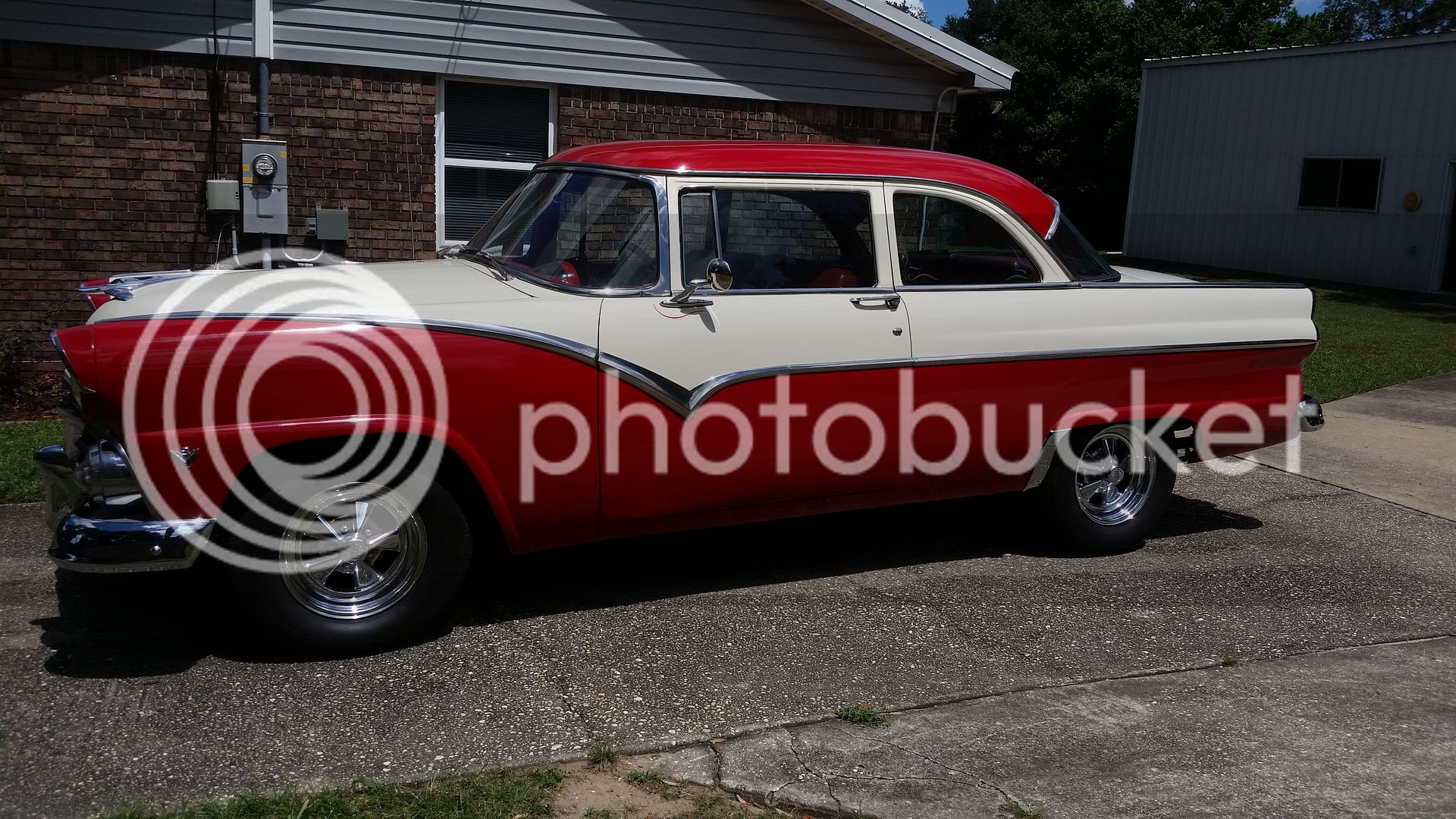Jersey Jim
Well-known member
Shawnee, Here is some info you were asking about. I didn't want to put it in Vince's pedestal thread. The panel is mounted on a 15x16" piece of 1/2" starboard I cut out, then drilled and tapped the corners to 1/4-20 threads. Panel has 4 brass grommets in corners, with 1/2" holes for mounting, bungies, etc. The panel is flexible to a degree, 20 degrees actually (they claim), so will follow contoured roofs, etc. It is a 15-watt model. It came with a polarized connector that separates from another cable with battery clamps. This allows you to separate the 2 cables and insert their charge controller in between. The controller handles 8 amps, and switches on at 13.0 volts, and off at 14.1 volts. The optional controller box is tiny (cigarette pack size) and cost 19.95. They claim any panel above 12-watts needs one. I highly recommend it if you don't want to boil your batteries, even lightly. Panel itself generates 85% of an amp (850mA) in directs sunlight. I was amazed at how the output current doubled by aiming it directly at sun, opposed to just lying flat on my cooler. I keep battery switch selected to "Both" so they both charge together, and more importantly, that the bilge pump that is hard-wired directly to one battery, now has the capacity of both batteries. I kept running the washdown hose, that I know draws more than the bilge pump, and after shutting of hose, voltage would immediately climb back up in the 13's (voltage). A convenient volt meter is the voltage display on the chart plotter/FF. Just toggle the power button briefly (if Garmin) to go from full brightness to selected dim setting, or blank. This allows you to see how the charge builds without bright display pulling it down. End of season and all solar products went on sale at West Marine for 20% off. They had a 5-watt size but too small to maintain 2 batteries. 1 amp (almost) is more than enough to maintain batteries once coming in to dock charging both on alternator. Otherwise, could several days to bring them both up from low. Hey, 7 or so free amp-hours a day is somewhere around 50 amps of charging a week for not having any loads on, is more than enough. I see the voltage climb immediately. Think the company is Nature Power or something like that.
The rod mount I bought separately, and is same one that came with my 31" Magma bait/fillet table. Is fully tiltable due to a ball mount and lever lock. I chose the opposing 30-degree angle to offset the rod-holder's 30-degree tilt. The inserted end of the rod has many notches, so can rotate entire assembly if swivel range not aiming where you want it. That company make MANY sizes of panels. This was 2nd or 3rd from smallest, but like I said, 50 amps a week is more than enough. If you don't want to have any minute parasitic loads, like stereo antenna, electronics that draw a few milliamps when off, just shut off your breaker feeding the helm, just keep the 2 batteries joined on "both". Some will probably argue that 2 parallel batteries will pull each other down when not charging (dark), but I somewhat disagree. If both batteries were purchased at same time, I bet is negligible. I plan on lifting a battery lead to measure interaction current between the 2 when not charging. Will post results. Initially before making the panel mount, and using windshield to aim at sun, I back-fed cigarette lighter socket (power socket) out of laziness and a quick way to make battery connections.
A battery is fully charged at 12.65 volts, and every time I measured at the end of a night, the joined pair was always 12.8 v or higher (before sun came up). Then climbed higher from there. I've always liked this coincidence... specific gravity of acid for fully charged battery is 1.265 and the corresponding voltage for that SG is 12.65 volt. Merely a coincidence, just move the decimal place. Only data point that will occur.
The rod mount I bought separately, and is same one that came with my 31" Magma bait/fillet table. Is fully tiltable due to a ball mount and lever lock. I chose the opposing 30-degree angle to offset the rod-holder's 30-degree tilt. The inserted end of the rod has many notches, so can rotate entire assembly if swivel range not aiming where you want it. That company make MANY sizes of panels. This was 2nd or 3rd from smallest, but like I said, 50 amps a week is more than enough. If you don't want to have any minute parasitic loads, like stereo antenna, electronics that draw a few milliamps when off, just shut off your breaker feeding the helm, just keep the 2 batteries joined on "both". Some will probably argue that 2 parallel batteries will pull each other down when not charging (dark), but I somewhat disagree. If both batteries were purchased at same time, I bet is negligible. I plan on lifting a battery lead to measure interaction current between the 2 when not charging. Will post results. Initially before making the panel mount, and using windshield to aim at sun, I back-fed cigarette lighter socket (power socket) out of laziness and a quick way to make battery connections.
A battery is fully charged at 12.65 volts, and every time I measured at the end of a night, the joined pair was always 12.8 v or higher (before sun came up). Then climbed higher from there. I've always liked this coincidence... specific gravity of acid for fully charged battery is 1.265 and the corresponding voltage for that SG is 12.65 volt. Merely a coincidence, just move the decimal place. Only data point that will occur.













